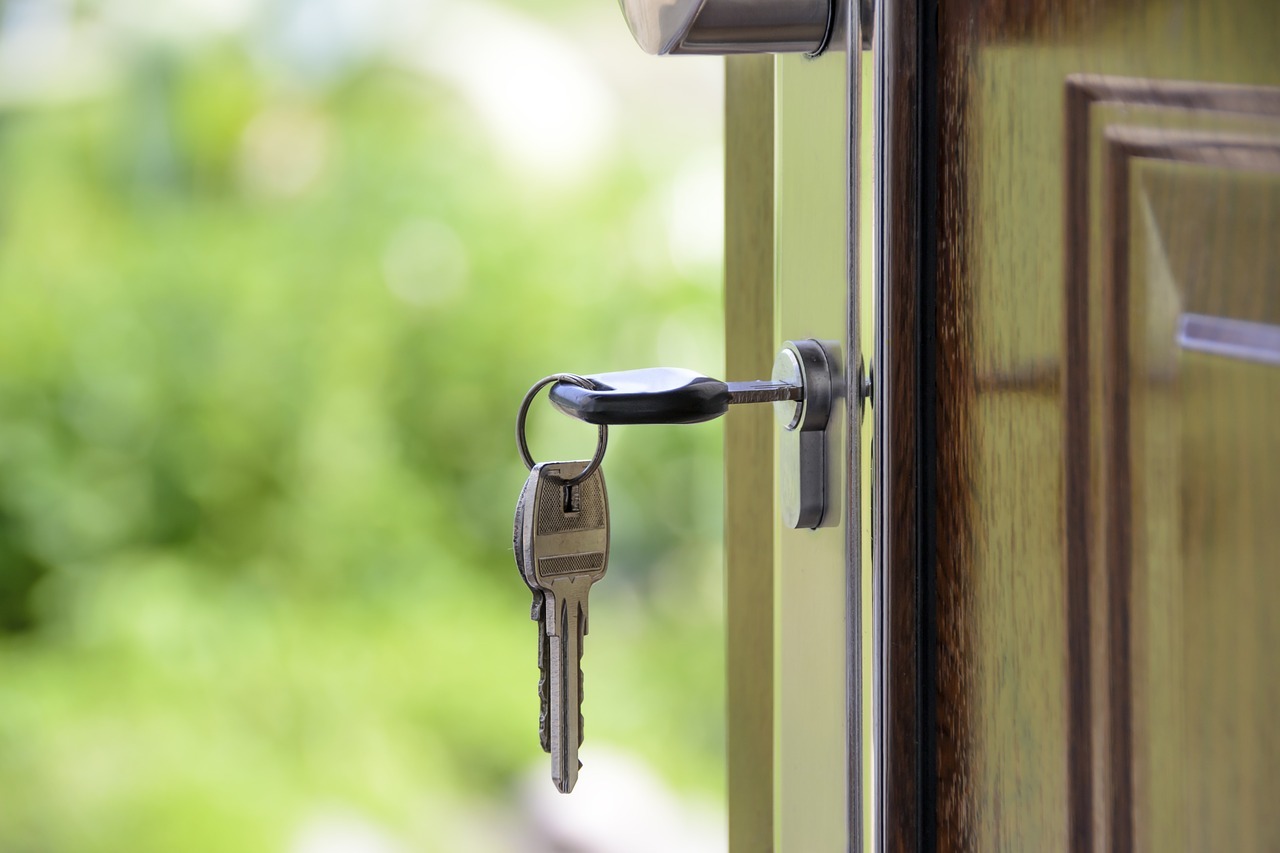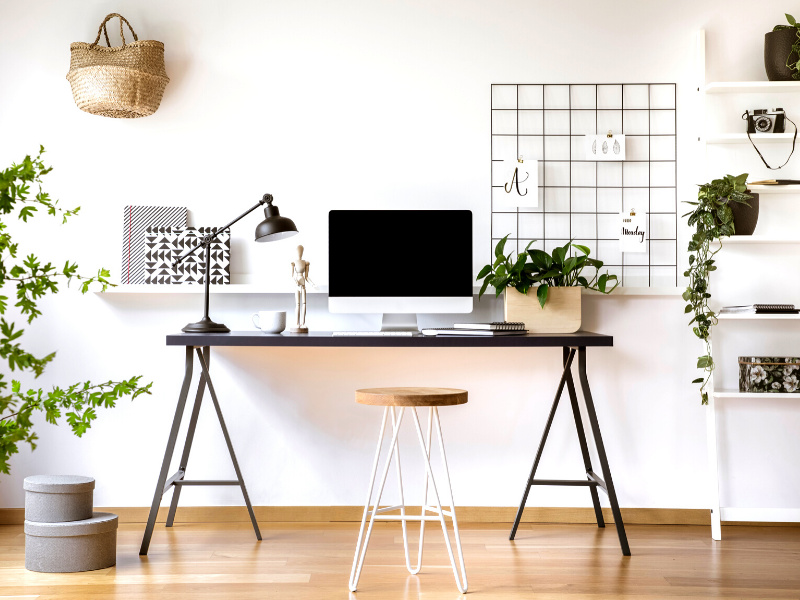Compared to exactly one year ago, the supply of homes is down:
- 32.6% in Metro Denver
- 25.1% in Northern Colorado
An interesting and useful measurement we track is months of inventory. This stat tells how long it would take to sell all of the homes currently for sale at the current pace of sales.
Of course, months of supply can vary greatly by price range and location. However, this stat does a good job of explaining the overall state of the market.
Specifically, months of supply tells us if the market is in balance.
A ‘balanced’ market is when there is 4 to 6 months of supply. A buyers market occurs when the stat is higher than this range. A sellers market occurs when it is lower.
The months of supply looks like this in our market:
- 1.0 months in Metro Denver
- 1.3 months in Northern Colorado
What this means is our markets are significantly under-supplied and more homes are needed to meet demand. With that being the case you can expect that overall property values will continue to rise for the foreseeable future.
 Facebook
Facebook
 Twitter
Twitter
 Pinterest
Pinterest
 Copy Link
Copy Link
















